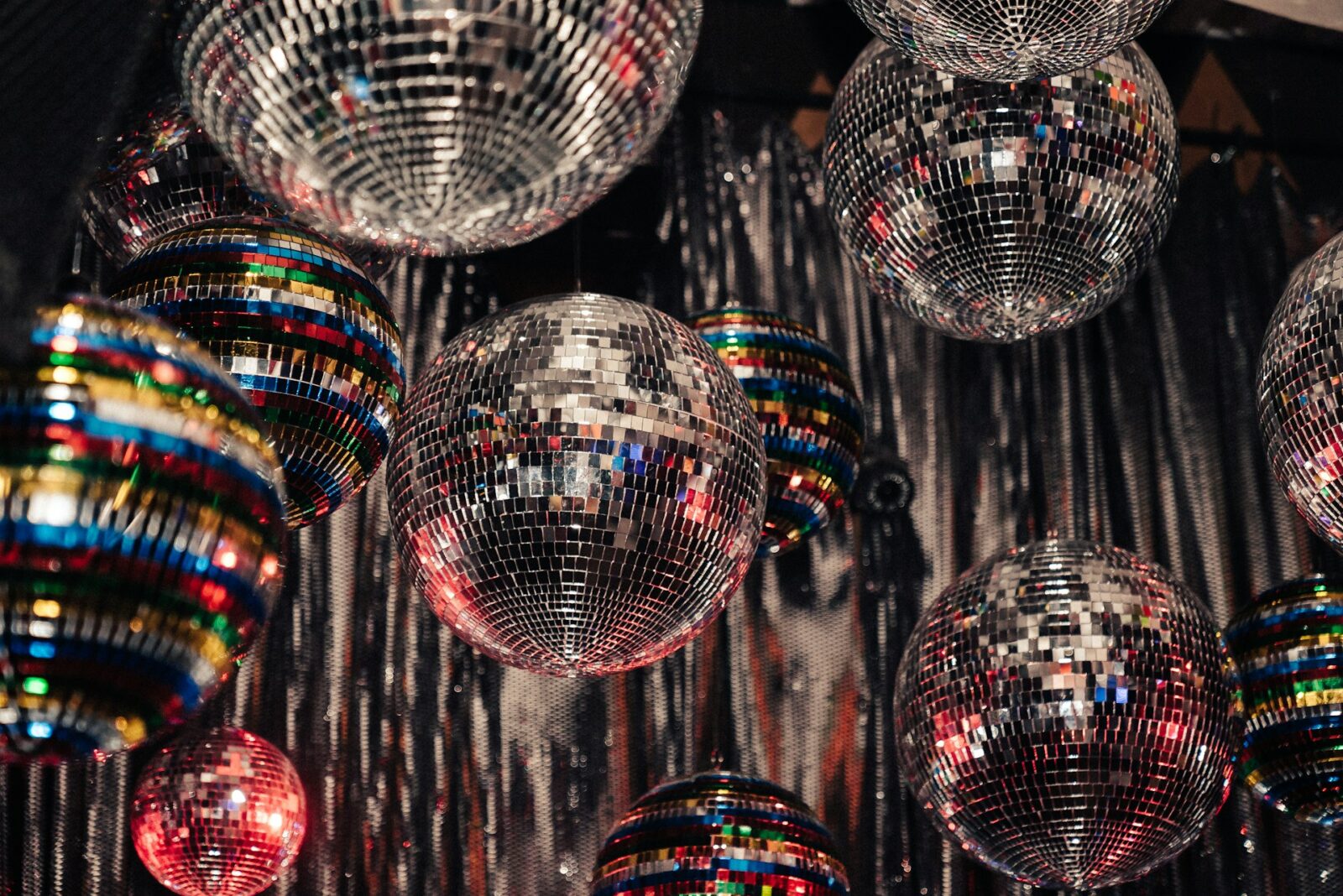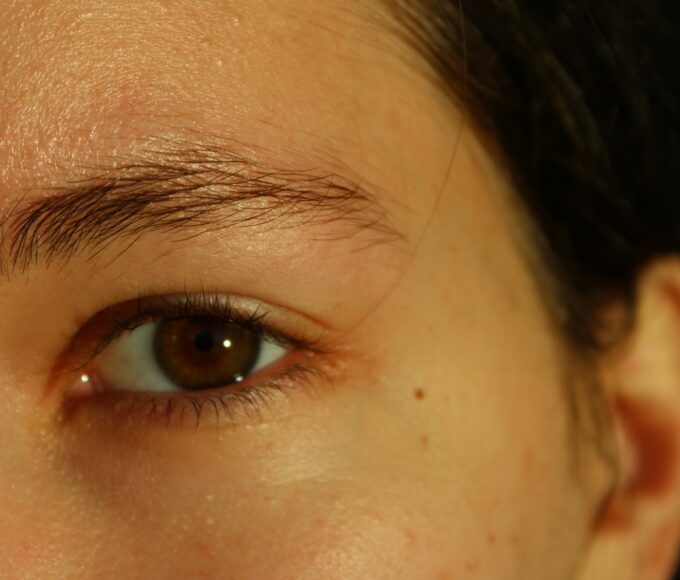Glitter is more than just a shiny substance; it’s a phenomenon that has dazzled and inspired creativity for generations. From the shimmering dance floors of the ‘70s to modern DIY projects, glitter has woven itself into the fabric of culture and artistry. But where did this sparkling magic come from? What makes it so irresistible? Join us as we uncover the history and evolution of glitter, exploring its journey through time, its role in fashion and art, how you can create your own sparkle at home, and even the environmental impact it brings along with its shine. Get ready to dive deep into the world of glitter!
What is Glitter and Where Did it Come From
Glitter is a tiny, reflective material that catches light and creates a dazzling effect. Made from various substances like plastic or metal, it comes in an array of sizes and colors.
The origins of glitter can be traced back to ancient civilizations. Egyptians used crushed gemstones for body adornment, while the Greeks and Romans crafted shimmering powders from minerals. These early forms were not just decorative; they held cultural significance in rituals and celebrations.
In the 1930s, modern glitter emerged with the invention of mechanized processes to create fine particles. This innovation made it more accessible and popular among artists and crafters alike.
Today’s glitter transcends its humble beginnings, finding its way into everything from cosmetics to home décor. Its evolution reflects our continuous desire for beauty and self-expression throughout history.
The Popularity of Glitter in the 20th Century
The 20th century marked a glittering era for glitter, transforming it from an obscure craft material into a cultural phenomenon. It found its way into countless celebrations and art forms, charming people across generations.
Post-World War II, the rise of consumerism played a pivotal role in glitzy decorations. From birthday parties to holiday festivities, glitter became synonymous with joy and celebration. Its colorful shimmer captured the imagination of millions.
As the decade rolled on, pop culture embraced this dazzling trend wholeheartedly. Glitter adorned everything from music album covers to stage performances. The sparkle was not just decorative; it became a symbol of freedom and self-expression.
In fashion, designers began incorporating glitter into clothing and accessories. This bling offered individuals a way to stand out in an increasingly homogenized world. Whether it was sequined dresses or shimmering nail polish, everyone wanted that touch of glamor in their lives.
The Influence of Disco Culture on Glitter
The disco era of the 1970s was a dazzling time, characterized by vibrant nightlife and infectious energy. Glitter sparkled at the center of this cultural revolution.
Disco balls spun above dance floors, casting shimmering reflections that captivated partygoers. This glitzy decoration embodied the spirit of celebration and joy. As people flocked to clubs in sequins and rhinestones, glitter became an essential accessory for self-expression.
Artists like David Bowie and Donna Summer embraced glitter as part of their personas. Their bold styles encouraged fans to adopt sparkling aesthetics both on stage and off.
Glitter wasn’t just confined to fashion; it seeped into art too. Creative minds experimented with metallic pigments, leading to eye-catching installations that still resonate today.
As disco faded away, its influence lingered on—reminding us that sometimes a little sparkle can transform an ordinary moment into something extraordinary.
Glitter in Fashion and Art
Glitter has long been a favorite in the realms of fashion and art. Designers often incorporate it to add texture, vibrancy, and an element of surprise to their creations. Whether it’s a dazzling gown adorned with sequins or accessories that catch the light just right, glitter transforms ordinary pieces into extraordinary statements.
In the art world, glitter is used as a medium by various artists who seek to challenge traditional boundaries. It evokes emotions and adds depth to canvases, creating captivating visual effects that draw viewers in.
Runways have seen models strut their stuff covered in shimmering materials that reflect personal style and cultural movements. From haute couture shows to streetwear trends, glitter captures attention wherever it appears.
Beyond fashion shows, DIY enthusiasts embrace glitter for crafting unique artworks or home decor items. The versatility of this sparkly material knows no bounds!
How to Make Your Own Glitter Products
Making your own glitter is a fun and creative project. You can customize colors to suit any occasion or craft.
Start with salt or sugar as the base for your glitter. Choose coarse granules for a chunkier look, or fine ones for something more delicate.
Add food coloring to achieve vibrant hues. Mix until the color evenly coats each piece, then spread it out on a baking sheet lined with parchment paper.
Bake it at low heat for about 10 minutes to set the color and dry everything out. Let it cool completely before using it in crafts or decorating projects.
For extra sparkle, sprinkle some metallic dust over your mix during the last stages of drying! This adds an eye-catching shimmer that elevates even simple creations into dazzling masterpieces.
Experimenting with different materials like dried flowers or spices can yield unique textures and colors too!
The Environmental Impact of Glitter
Glitter may seem like a small, harmless addition to our lives, but its environmental impact is anything but trivial. Most glitter on the market is made from microplastics, which are tiny plastic particles that can harm marine life and pollute ecosystems.
When glitter products are washed down drains or end up in landfills, they break apart into even smaller pieces. These microplastics make their way into oceans and rivers, posing significant risks to aquatic animals. Fish and other sea creatures can ingest these particles, mistaking them for food. The consequences of this ingestion can be fatal not only for wildlife but also for humans who consume contaminated seafood.
Fortunately, awareness of glitter’s environmental footprint has sparked innovation in recent years. Many brands now offer biodegradable options made from natural materials like plant cellulose or minerals. These alternatives provide the same sparkle without contributing to pollution.
As we continue enjoying the glamor that glitter brings to our celebrations and creative projects, it’s essential to consider how we use it. Opting for eco-friendly choices allows us to embrace this shimmering trend while protecting our planet’s health.
So next time you’re reaching for those sparkly decorations or crafting supplies, think about the type of glitter you choose. Your choice could help create a more sustainable future filled with beauty—without compromising the environment.













Leave a comment